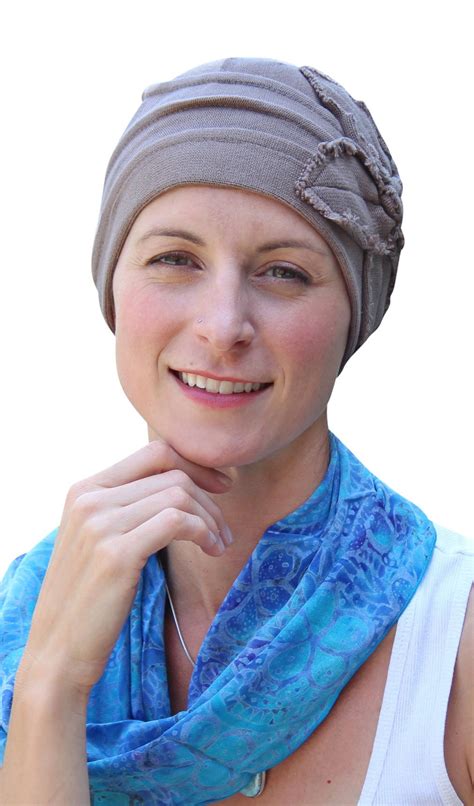Losing hair during chemotherapy is an often distressing side effect. But with an array of stylish head coverings available, patients can regain their confidence and individuality.

Chemotherapy, a cornerstone of cancer treatment, takes a toll on the body, including hair loss. For patients, this can be an emotional blow, affecting their self-esteem and overall well-being. To address this need, the market for head coverings has flourished, providing patients with a wide range of options to choose from.
Benefits of Head Coverings
-
Comfort: Head coverings, made of soft, breathable materials, provide comfort and protection for sensitive scalps.
-
Warmth: They offer warmth during cold winter months, reducing the discomfort of hair loss.
-
Privacy: Head coverings can help patients maintain privacy in public settings, allowing them to feel more comfortable.
-
Fashionable: Today’s head coverings come in a variety of styles and colors, allowing patients to express their individuality.
Types of Head Coverings
-
Bandanas: Versatile and comfortable, bandanas are available in various fabrics and prints.
-
Head scarves: Soft and breathable, head scarves can be tied in different ways to create multiple looks.
-
Hats: From baseball caps to beanies, hats offer warmth and comfort while covering the entire head.
-
Turbans: Turbans come in various materials and styles, adding a touch of elegance to a patient’s appearance.
-
Wigs: For those desiring a more natural look, wigs provide the illusion of hair, restoring a sense of normalcy.
Considerations for Choosing a Head Covering
-
Comfort: The material and fit of the head covering should be comfortable on the scalp.
-
Style: Choose a style that suits your personality and preferences.
-
Maintenance: Consider the care instructions to ensure the head covering is easy to clean and maintain.
-
Price: Head coverings range in price, so it’s essential to set a budget before making a purchase.
Common Mistakes to Avoid
-
Avoid tight head coverings: These can irritate the scalp.
-
Choose breathable materials: Non-breathable fabrics can cause discomfort and sweating.
-
Consider weather conditions: Select a head covering that is appropriate for the season and temperature.
-
Don’t be afraid to experiment: There are many different styles of head coverings available, so try a few to find the best fit and look for you.
Conclusion
Head coverings for chemotherapy patients offer comfort, style, and privacy. By carefully selecting a head covering that meets their needs, patients can regain their confidence and embrace their individuality during a challenging time.
Table 1: Types of Head Coverings
| Type | Description |
|---|---|
| Bandanas | Versatile and comfortable |
| Head scarves | Soft and breathable |
| Hats | Warm and comfortable |
| Turbans | Elegant and stylish |
| Wigs | Provide a natural look |
Table 2: Benefits of Head Coverings
| Benefit | Description |
|---|---|
| Comfort | Provides comfort and protection for sensitive scalps |
| Warmth | Offers warmth during cold winter months |
| Privacy | Helps patients maintain privacy in public settings |
| Fashionable | Allows patients to express their individuality |
Table 3: Considerations for Choosing a Head Covering
| Consideration | Description |
|---|---|
| Comfort | Choose a material and fit that is comfortable on the scalp |
| Style | Select a style that suits your personality and preferences |
| Maintenance | Consider the care instructions for easy cleaning and maintenance |
| Price | Set a budget before making a purchase |
Table 4: Tips for Patients
| Tip | Description |
|---|---|
| Avoid tight head coverings | These can irritate the scalp |
| Choose breathable materials | Non-breathable fabrics can cause discomfort and sweating |
| Consider weather conditions | Select a head covering appropriate for the season and temperature |
| Don’t be afraid to experiment | Try different styles to find the best fit and look for you |
